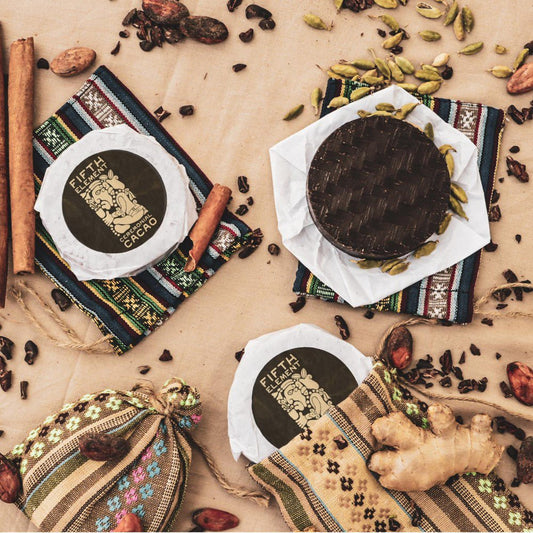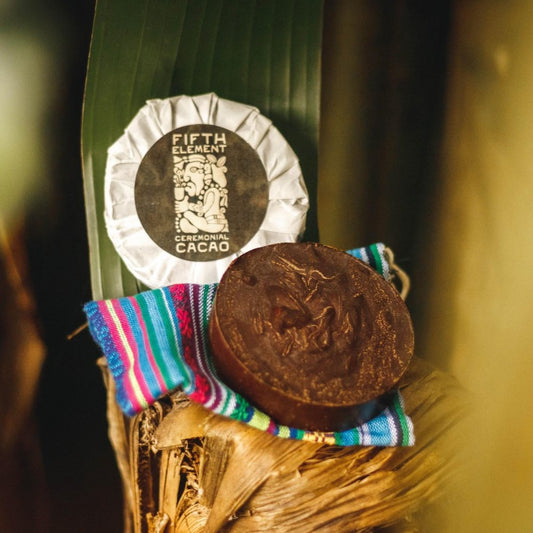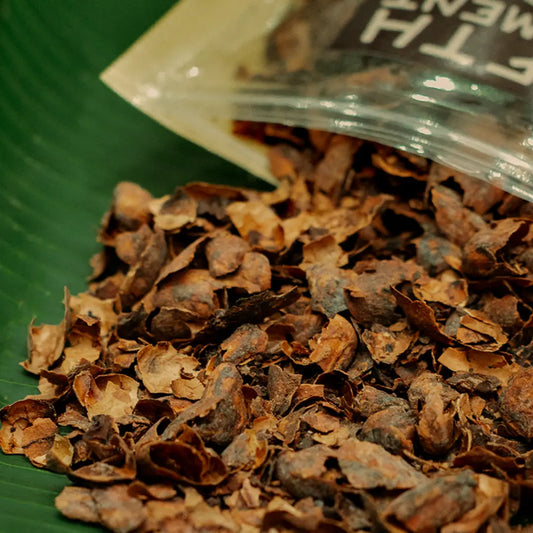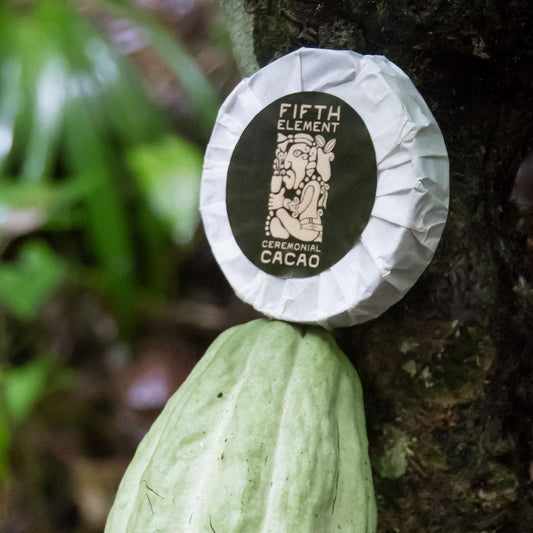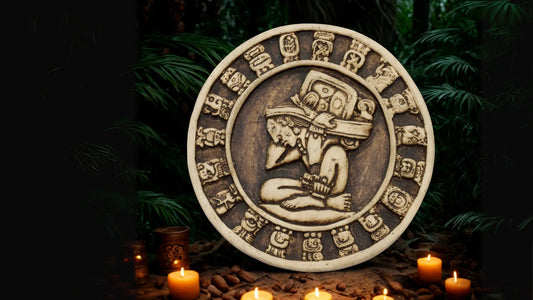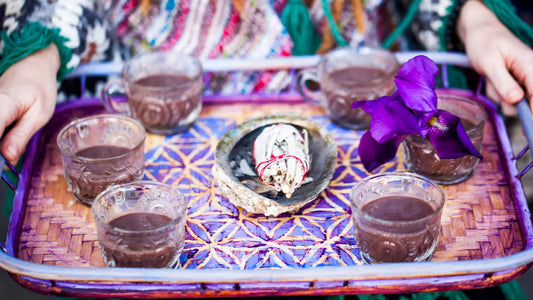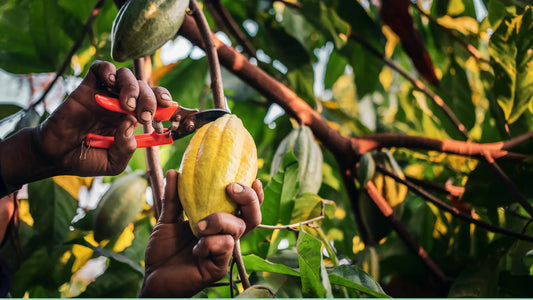Mindfulness is a term that has become increasingly important in recent years. But what does it actually mean? And how can it help you to better deal with the challenges of everyday life? In this blog post, you will learn everything you need to know about mindfulness.
What is mindfulness?
Mindfulness is a state of mental presence in which a person is fully aware of the current state of his or her immediate environment, body and mind, without being distracted by streams of thoughts, memories, fantasies or strong emotions, without thinking about them or evaluating these perceptions.
Mindfulness means being fully present in the moment and perceiving everything that is happening. That may sound simple, but in reality our thoughts are often somewhere else entirely. We brood over the past or worry about the future. We let ourselves be guided by our habits and automatisms. We judge our experiences as good or bad, pleasant or unpleasant.
Mindfulness teaches us to get out of this autopilot and adopt a different perspective. A perspective that allows us to see things as they are, without changing or avoiding them. A perspective that brings us more clarity, serenity and joy.
How can mindfulness help with stress, anxiety and depression?
Stress, anxiety and depression are widespread mental health problems in our modern society. They have different causes and effects, but they also have something in common: they often arise from a negative assessment of our situation and a lack of acceptance of our feelings.
When we are stressed, we feel overwhelmed and under pressure. We feel like we don't have enough time or resources to complete our tasks or achieve our goals. We blame ourselves or compare ourselves to others.
When we are anxious, we fear something that might happen in the future or that we cannot control. We imagine the worst-case scenarios or avoid situations that make us afraid.
When we are depressed, we lose hope and meaning in our lives. We feel sad, empty or worthless. We withdraw or give up.
In all of these cases, mindfulness helps us find a different way of dealing with our thoughts and feelings. Instead of suppressing or amplifying them, we learn to accept and observe them. We realize that they are not the whole truth and that they will pass. We create distance between ourselves and our problems and can thus find new solutions.
Mindfulness also helps us to notice and appreciate more positive aspects in our lives. We learn to enjoy the little joys of everyday life and to be grateful for what we have. We develop a kinder attitude towards ourselves and others.
How can I practice mindfulness?
Mindfulness is a skill that can be trained like a muscle. There are various methods and exercises that can help you become more mindful. Here are some examples:
Exercise 1: Observe your own body
A simple exercise that you can do anytime and anywhere is to observe your own body. For example, you can feel your breathing as it flows in and out. Or you can activate your senses and pay attention to what you see, hear, smell, taste or feel. Or you can take a body journey and perceive and relax all parts of your body one after the other.
This exercise will help you ground yourself and connect with the present moment. It will also help you release tension and calm down.
Exercise 2: Mindfully observe your own thoughts, impulses, needs and feelings
Another exercise you can do is to mindfully observe your own thoughts, impulses, needs and feelings. For example, you can keep a kind of diary in which you write down what is going through your head or what you are feeling. Or you can do a meditation in which you let your thoughts and feelings pass by like clouds in the sky. Or you can imagine an inner observer who helps you to look at your thoughts and feelings from a neutral perspective.
This exercise helps you to get to know yourself better and to understand what moves or bothers you. It also helps you not to identify or judge your thoughts and feelings, but to accept them as part of your experience.
Exercise 3: Observe your own actions
A third exercise you can do is to observe your own actions. For example, you can pay attention to how you behave in different situations or how you interact with other people. Or you can decide to carry out a certain activity with full attention, such as eating, going for a walk or taking a shower. Or you can take a break and reflect on whether what you are doing is really what you want or need.
This exercise helps you to act more consciously and independently and not to be guided by your habits or automatisms. It also helps you to find more joy and meaning in what you do.
Exercise 4: Don’t judge things
A fourth exercise you can do is to not judge things. That is, you try to see things as they are, without judging them as good or bad, right or wrong, pleasant or unpleasant. For example, you can pay attention to how you talk or think about yourself or others. Or you can try to look at a situation from different perspectives. Or you can ask yourself whether your evaluations are really objective or whether they are influenced by your expectations or prejudices.
This exercise will help you to become more open and tolerant and not to let your judgments limit or hurt you. It will also help you to develop more understanding and compassion for yourself and others.
Exercise 5: Ceremonial Cacao and Mindfulness
A fifth exercise involves the ceremonial cacao, which you can buy here in our shop.
Ceremonial cacao, or raw cacao, is an ancient medicine from the Mayan and Inca cultures. It has wonderful effects on your body, mind and brain. If you would like to learn more about the benefits of ceremonial raw cacao, click HERE .
The cacao is grown in the most natural way possible, with the utmost respect for nature and the people who work with it, and is processed exclusively by hand. Would you like to find out more? Then click HERE .
To enjoy ceremonial cacao mindfully, you should choose a quiet and pleasant place and take your time. You should drink the cacao with gratitude and respect and pay attention to its taste, smell, temperature and consistency. You should also pay attention to your physical and mental sensations and accept them without judgment. You can also set an intention or theme for your own little cacao ceremony and focus on it. Give your brain the chance, even if only briefly, to free itself from negative thought loops and emotions by enjoying the moment.
Putting together a mindfulness practice program
If you want to practice mindfulness, you can put together an individual exercise program. For example, you can follow the following steps:
- Choose one or more exercises that you like or would like to try.
- Decide how often and how long you want to practice. For example, you can practice for 10 minutes every day or for an hour once a week.
- Choose a suitable place and time when you will not be disturbed.
- Perform the exercise(s) with full attention and without expectations.
- Observe your experiences during and after the exercise(s) and write them down if necessary.
- Repeat the exercise(s) regularly and adjust them if necessary.
Your mindfulness practice
Mindfulness is a valuable skill that can help you in many areas of your life. It can help you reduce stress, overcome anxiety, and prevent depression. It can also help you experience more clarity, serenity, and joy.
You don't need any special prerequisites or tools to practice mindfulness. All you need is your willingness to consciously perceive and accept yourself and your surroundings. You can start anytime, anywhere and develop your own practice.
I hope this blog post has given you a good overview of mindfulness and that you feel inspired to try it out for yourself. If you want to learn more about it, you can check out the following resources and links:
: Mindfulness – Wikipedia : Mindfulness: everything you need to know about it - Time to live : Mindfulness - simply explained: definition, meaning, training
I wish you much success and fun with your mindfulness practice! 😊


